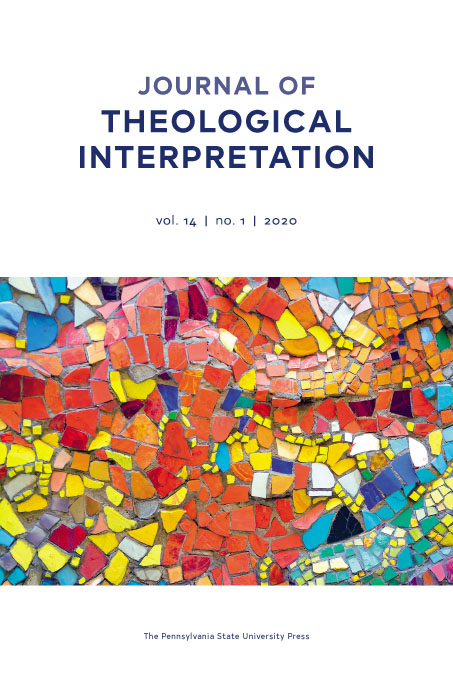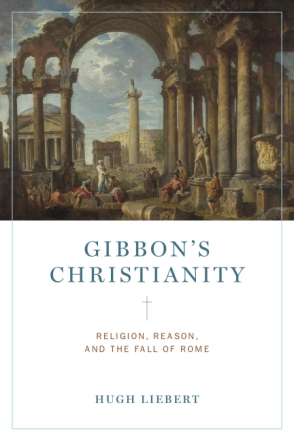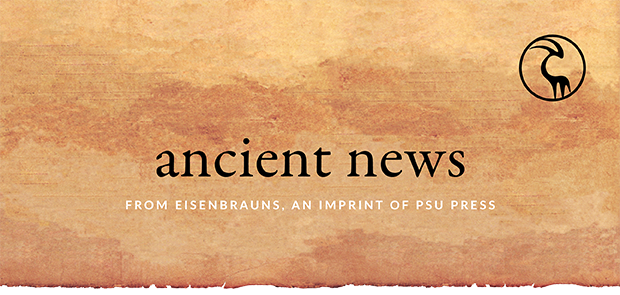
in this issue
general news
Welcome to the April issue of Ancient News!
We’re starting the month with a two-week sale on select titles from Eisenbrauns and the Neo-Assyrian Text Corpus Project. Save up to 60% on select titles with discount code ASSYR through 4/17. Stay up to date on all our special offers on our Sales & Specials page, or by subscribing to BookNews.
It was great to see familiar faces at AOS last month! If you’re attending the 2022 Annual Meeting for the American Research Center in Egypt, keep an eye out for some Eisenbrauns titles at the Scholar’s Choice table.
Enjoy!
assyria sale
Save up to 60% on select titles using discount code ASSYR through 4/17.
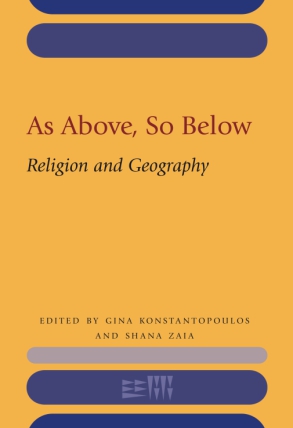
As Above, So Below
Religion and Geography
$109.95 $65.97
This volume addresses the nexus of religion and geography in the ancient Near East through case studies of various time periods and regions. Using Sumerian, Akkadian, and Aramaic text corpora, iconography, and archaeological evidence, the contributors illuminate the diverse phenomena that occur when religion is viewed through the lenses of space and place.
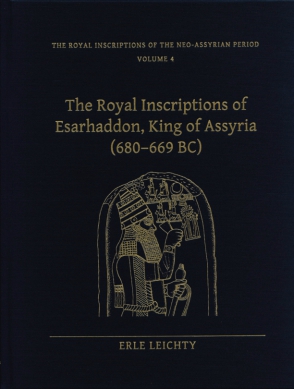
The Royal Inscriptions of Esarhaddon, King of Assyria (680–669 BC)
$89.50 $53.70
The Royal Inscription of Esarhaddon, King of Assyria (680–669 BC) is the inaugural volume of the Royal Inscriptions of the Neo-Assyrian Period Project. The volume provides reliable, up-to-date editions of all of the known royal inscriptions of Esarhaddon, a son of Sennacherib who ruled Assyria for twelve years.
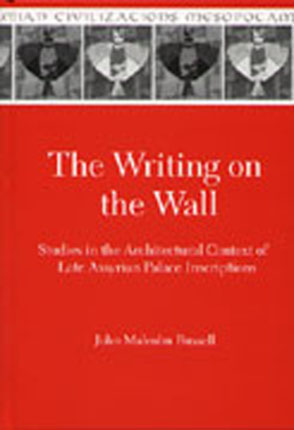
The Writing on the Wall
Studies in the Architectural Context of Late Assyrian Palace Inscriptions
$67.50 $40.50
It is too often forgotten that every Assyrian “historical” inscription functioned in a very specific context. This context influenced its content and the way in which it was perceived by ancient viewers and readers. Russell’s goal is to address the reconstruction of the context of these inscriptions in order to elucidate their original impact.
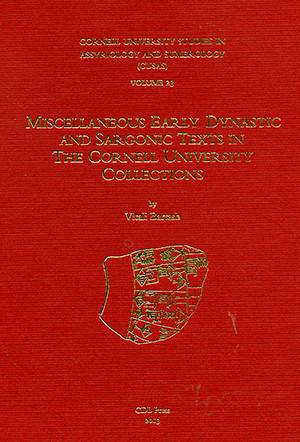
CUSAS 23
Miscellaneous Early Dynastic and Sargonic Texts in the Cornell University Collections
$90.00 $45.00
Translation, transliteration and commentary on economic and literary texts from ancient Sumer in Mesopotamia from the middle of the 3rd millennium BCE. These, previously unpublished texts, are some of the very earliest cuneiform texts in existence.
new books
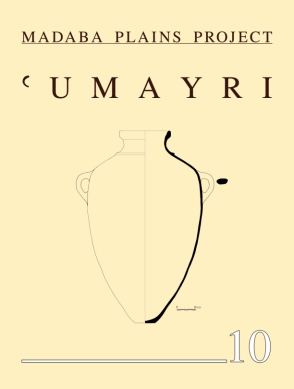
The 2006 Season at Tall al-‘Umayri and Subsequent Studies
Edited by Larry G. Herr, Douglas R. Clark, Lawrence T. Geraty, and Monique D. Vincent
The tenth in a series of technical seasonal reports on the excavations of Tall al-‘Umayri, Jordan, part of the Madaba Plains Project, this volume covers artifactual finds and related research from excavation fields active during the 2006 season.
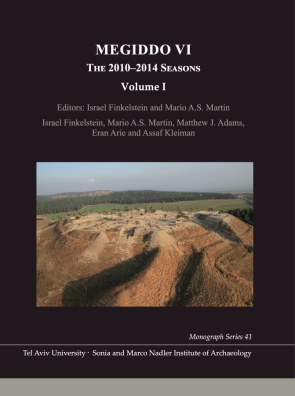
Megiddo VI
The 2010–2014 Seasons
Edited by Israel Finkelstein and Mario A. S. Martin
The three volumes of Megiddo VI: The 2010–2014 Seasons display a rich set of finds, spanning about 1,000 years of history from the Middle Bronze Age to the Iron Age IIB. They include a large number of studies in archaeology and the exact and life sciences, including topics such as radiocarbon dating, geoarchaeology, paleomagnetism, and metallurgy.
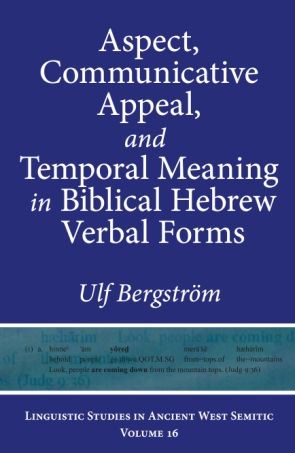
Aspect, Communicative Appeal, and Temporal Meaning in Biblical Hebrew Verbal Forms
Ulf Bergström
“An ambitious, sophisticated, and technical treatment of a set of recalcitrant problems. The Biblical Hebrew verbal system and how it relates to tense, aspect, and mood has been the object of many studies over hundreds of years, and we are still just in the process of understanding it. This study offers an interesting, overarching solution.”—Martin Gustaf Ehrensvärd, University of Copenhagen
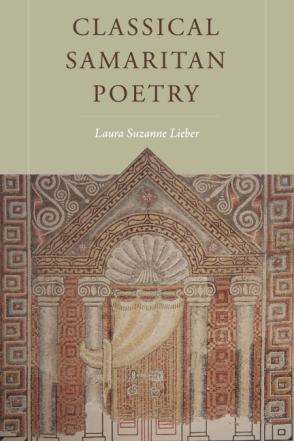
Classical Samaritan Poetry
Classical Samaritan Poetry
In press!
This book introduces the evocative but largely unknown tradition of Samaritan religious poetry from late antiquity to a new audience. Prepared by Laura Suzanne Lieber, this anthology presents annotated English translations of fifty-five Classical Samaritan poems. These verses provide a unique window into the Samaritan religious world during a formative period.
new from psu press
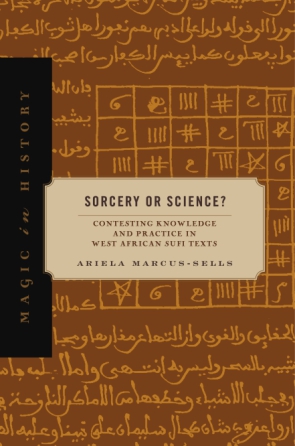
Sorcery or Science?
Contesting Knowledge and Practice in West African Sufi Texts
Ariela Marcus-Sells
| Control your subscription options |
